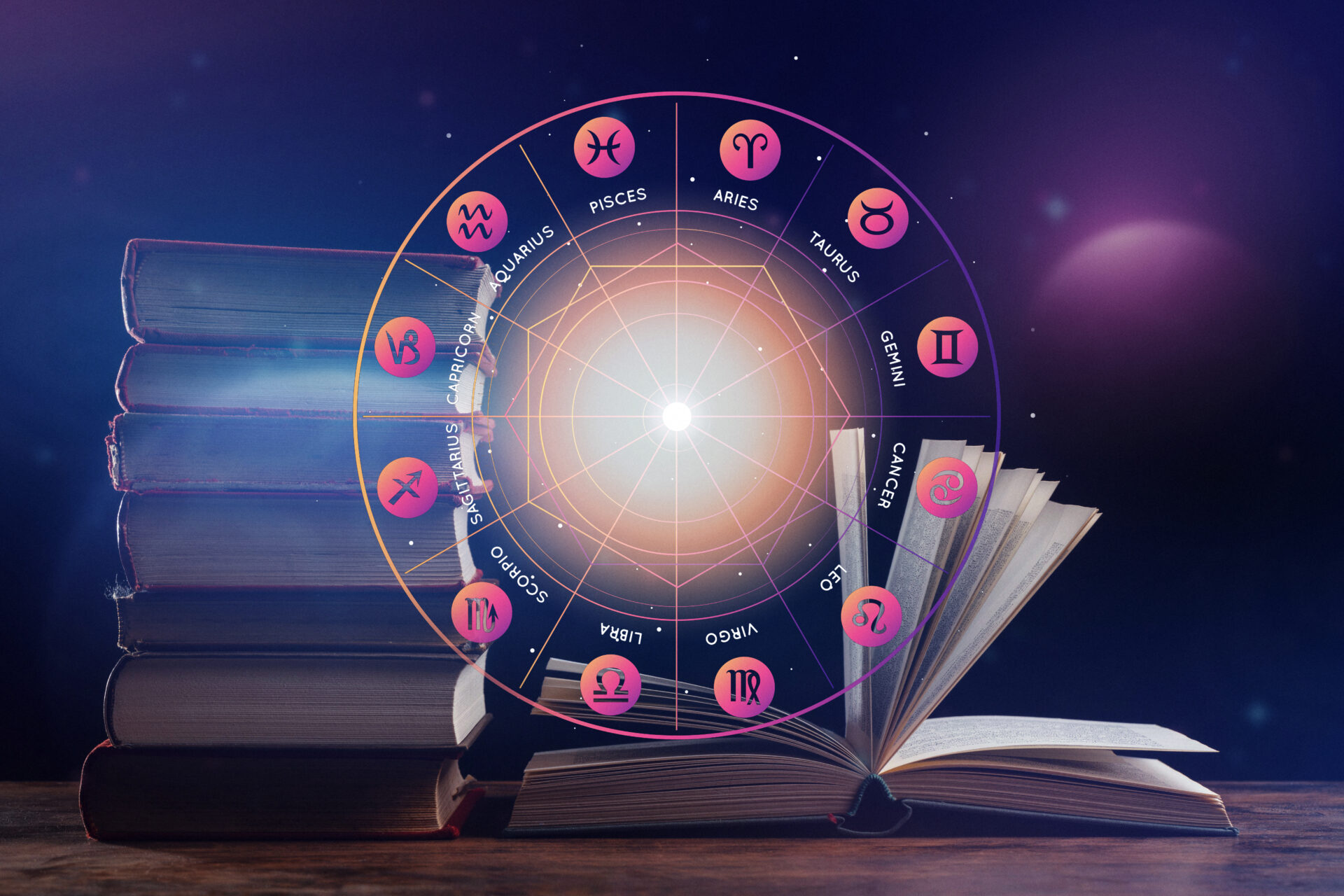In the Indian setup, marriage is a lot more than two individuals coming together; it is about bringing together families and traditions to build a life that is meant to last – but this doesn’t come without the weight of expectations, cultural heritage, and social approval. With so much at stake, families have long relied on astrology as a guide, with the kundali or birth chart at the heart of the process. For generations, this process has been carried out manually by astrologers who took hours in calculations and interpretations, but over time, the approach moved to mobile with apps like online horoscope generators and kundli matching apps becoming famous. In the last four to five years, we have again witnessed a reformation through AI kundli platforms that provide instant compatibility checks through Kundli reader systems.
But why did we even need AI in kundali matching? How do these AI kundli apps work? And most importantly, what should be kept in mind before or when using these applications? Let us get answers to all of these today.
Why Was There a Need for an AI Kundli Reader?
Traditional Kundali matching journey rests on one central concept – your exact date, time, and place of birth carry within themselves a cosmic map that influences your choices, nature, and life path, and by comparing two Kundalis, astrologers can see if a marriage will create conflict and harmony. The process typically starts with Ashtakoota matching – the well-known 36-point system that is awarded across eight categories – mental capability, emotional balance, fertility, spiritual growth, and more.
Beyond the numbers, kundli readings also analyse doshas and planetary placements, which can complicate the marital life; the most famous of those being the Manglik dosha, caused by Mars in certain houses and other influences, like Ketu and Rahu placements known to cause instability, Saturn leading to slow progress, and distance, etc. Based on this analysis, astrologers often prescribe remedies ranging from rituals to lifestyle adjustments.
While the accuracy and value of this approach are undeniable, manual kundali matching comes with challenges – calculations are time-intensive and prone to variations. Two astrologers tend to agree on a Guna score and still interpret the impact of a dosha differently, and what is worse, is that families often consult multiple astrologers, giving them a bag full of different advice – this inconsistency, while a part of astrology’s interpretive nature, creates confusion.
Another reason for seeking change in how the manual kundli matching works is speed. In the age of digital matchmaking, people don’t want to wait for days on end for a chart to be drawn and analysed. AI-based apps allow profiles to be exchanged quickly, make proposals move faster, and satisfy families’ need for instant clarity – manual processes struggle to keep up with this pace.
AI kundli reader fills all these gaps by automating calculations, standardising the scoring process, and delivering compatibility results within seconds. While it doesn’t replace the tradition or symbolism of astrology, it ensures that the foundation – numbers, planetary positions, and doshas – is calculated with precision and without any delay. In short, AI was never introduced to discard astrologers but to make readings faster, more consistent, and better suited for modern timelines.
How Does an AI Kundli Reader Work?
The mechanics of an AI kundli platform are extremely simple – you have to enter your and your partner’s time, location, and place of birth. These data sets carry enormous weight as they together determine the ascendant, which helps shape the kundali structure. A small error here, in the birth time and coordinates, can completely change the houses and planetary positions, leading to completely different interpretations, making precision extremely critical.
Once both sets of details are submitted, the system then constructs two kundalis in real-time, from where it moves to analysis. The first stage of this analysis is Guna Milan – the 36-point compatibility check. Each of the Gunas looks at a different dimension – communication, temperament, health, emotional bonding, sexual compatibility, and more. A higher score here suggests compatibility, while a lower score could mean that some caution should be followed. While humans took several days to find the Guna Milan score, AI platforms like HiAstro are able to achieve this in a matter of a few hours.
The second stage is Dosha analysis, where the Kundli reader platform identifies problematic planetary positions, for example, ot flags when –
- Mars is present in certain houses, leading to Manglik Dosha
- Saturn casts a restrictive influence, causing delays and distance
- Rahu and Ketu are in a position where instability and challenges will likely happen
The third stage, analysis of planetary alignment, goes deeper in finding emotional and practical harmony. For example, a couple might score 34 out of 36 but could have Mars in the seventh house, leading to tensions and disagreements. Studying these details is where the strength of AI lies, as the technology can bring problematic issues to the surface – ones that often go unnoticed by human astrologers because of their microscopic nature.
By breaking down compatibility into multi-faceted layers, the system gives you a holistic view into where the match’s compatibility lies through both areas of harmony and warning signals – in a format that is easy to understand.
Things to Keep in Mind When Using Kundi Reader Platforms
While the appeal of instant compatibility check is obvious, it is important to keep the right perspective in mind – An AI Kundli reader is a tool, although powerful in calculation, that can impact interpretations, sometimes because of human error and other times because of how the technology is designed.
1. Input accuracy
If the birth time is even slightly off, the resulting kundali will be unreliable. The problem is that a lot of people only know an approximate time of birth and geographical coordinates, which can lead to major shifts in ascendant and planetary houses.
2. Overreliance on scores
A high Guna score doesn’t mean a perfect marriage, while a low score doesn’t automatically say that marriage is doomed. While human astrologers emphasise remedies – mantras, rituals, and charitable acts – which balance these challenging influences, AI Kundi readers can also highlight doshas but fail to walk people through them with empathy, in the absence of which people tend to misinterpret results as absolute truths.
3. Certainty expectation
There is no system – human or digital- that can give you a date for when you will get married. Every astrological finding reveals patterns and tendencies, but can never offer a guarantee.
People often mistake treating AI results as verdicts, while these are simply a guide into the best direction – acting on it will depend entirely on you.
The healthiest approach is finding balance. Use an AI Kundli reader to study the technical side – scoring, dosha checks, and planetary positions and take this information to consult with a human astrologer for interpretations, guidance, and remedies that are designed for your unique situation. When used this way, AI becomes a useful and reliable foundation for all your marriage-related answers.
Find Your Life Partner with AI Kundali Reader
Kundali matching has been the heart of Indian marriage traditions for centuries, with families trusting it for ensuring harmony, stability, and shared destinies. AI tools are carrying forward this trust by making compatibility checks faster, precise, and more accessible.
The best approach to using these tools is to see AI as a Kundli reader tool – a calculator or guide that shows you patterns, highlights strengths, and brings issues into focus – and then use the information to make your decision and build a better relationship with your partner.




